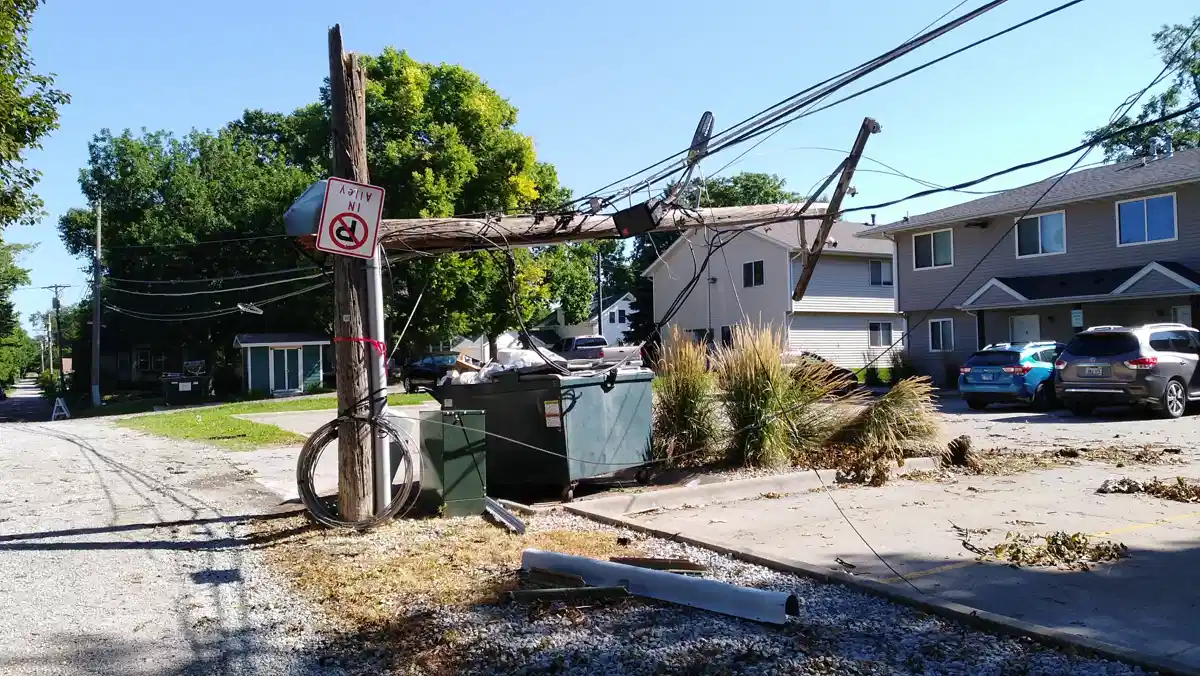Surviving a Power Outage With a Pedal-Powered Generator

What is the best, most reliable method of getting electricity during a power outage?
Having solar panels on your roof might seem like the best solution, but most homes equipped with solar panels don't have a backup battery. For safety reasons, such homes won't produce any power when their connection to the grid is lost.
But even off-grid solar homes are vulnerable to natural disasters. Strong winds can tear off solar panels. Flying debris and falling trees can break them. Deep snow can block them.
Gasoline or diesel backup generators have their own problems. They can be annoying loud. They can't be used indoors due to their toxic exhaust gases. During a crisis, fuel may be hard to get.
A pedal-powered generator has none of these problems. It's portable, so you can move it to a safe location in threatening weather. It's not tied to the grid, so power outages don't effect it. It can safely generate electricity indoors or out. It requires no extra fuel (other than food for the user), is reasonably quiet, and produces no fumes. It's very reliable, generating the same amount of power regardless of weather conditions or time of day. And while it may not be able to produce as much power as other methods, it can generate enough to meet many important needs.
We've experienced several power outages over the 12 years I've powered my home office with a pedal-power generator. Most were so short I didn't even notice. But a serious storm a couple of years ago was different, and proved how useful a pedal-powered generator can be.
Our experiences following the August 10, 2020 Derecho
Our city (Ames, Iowa) was struck by a derecho on August 10, 2020. The storm, plus a combination of factors, caused our city to completely lose power.
We were lucky--our household was without power for less than two days. But most other households in our community were not so lucky. Some were without power for nearly a week.
The effect on us was mixed. Our shop was without power, so we could no longer manufacture parts for the bicycle trailers we sell. We consumed most of the remaining fruit, vegetables, soy milk, and leftovers stored in the refrigerator before they spoiled. Since we couldn't cook anything, we ate cold cereal, peanut-butter sandwiches, and canned beans.
But since we normally power much of our house using our pedal-powered generator anyway, many things did not change. We still had internet service, so our router and web server remained up. We could still print shipping labels using my printer. I recharge the batteries in our phones and LED household lights while I pedaled at my computer, just as I normally do. This allowed us to communicate with our family as usual, and have normal lighting at night.
A friend of mine in town was without power for a little longer than us. He used his PedalPC to recharge phones, portable chargers, and LED light batteries, some of which he sent to his in-laws so they could use their phones and have some light, too. He also used it to recharge his son's portable gaming system and Kindle reader to help keep him occupied.
Summary
A pedal-powered generator is not the most powerful method of generating electricity, but it is the most resilient to natural disasters and other crises. When combined with energy-efficient lamps, internet service, and home office equipment, a pedal-powered generator can make surviving a power outage a whole lot more bearable.